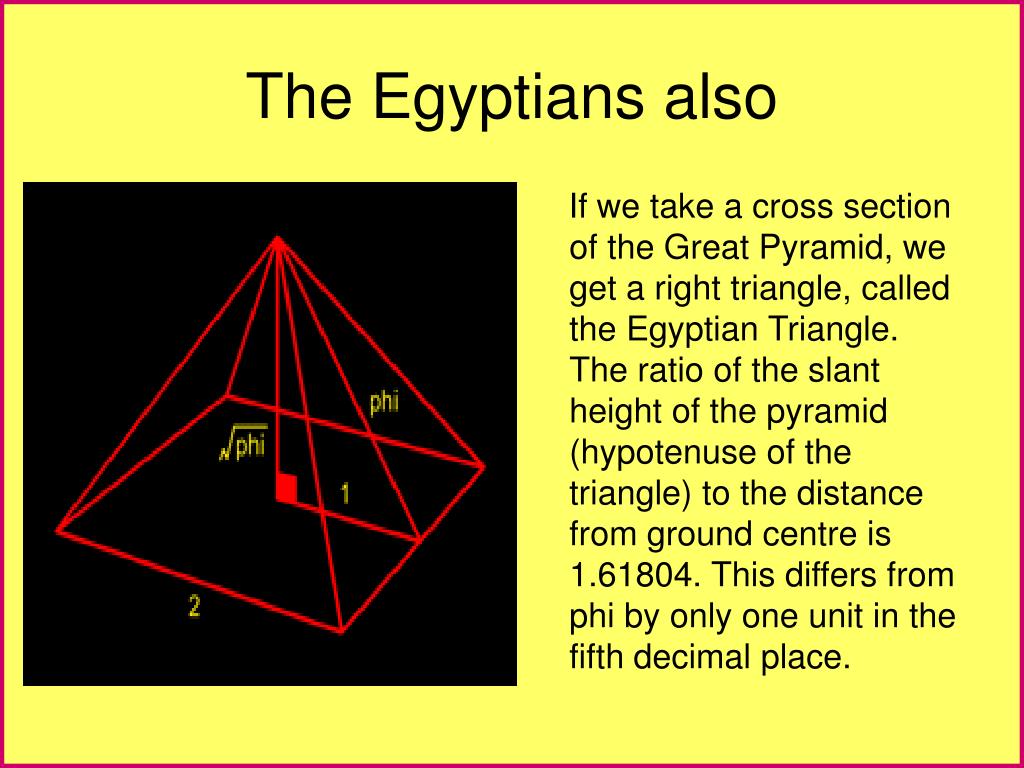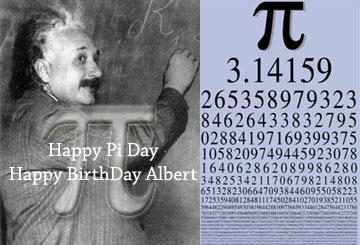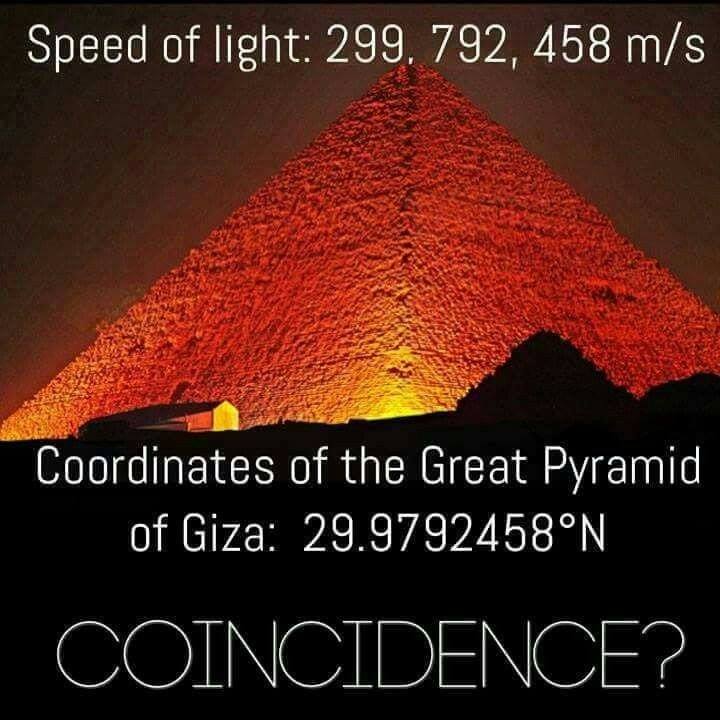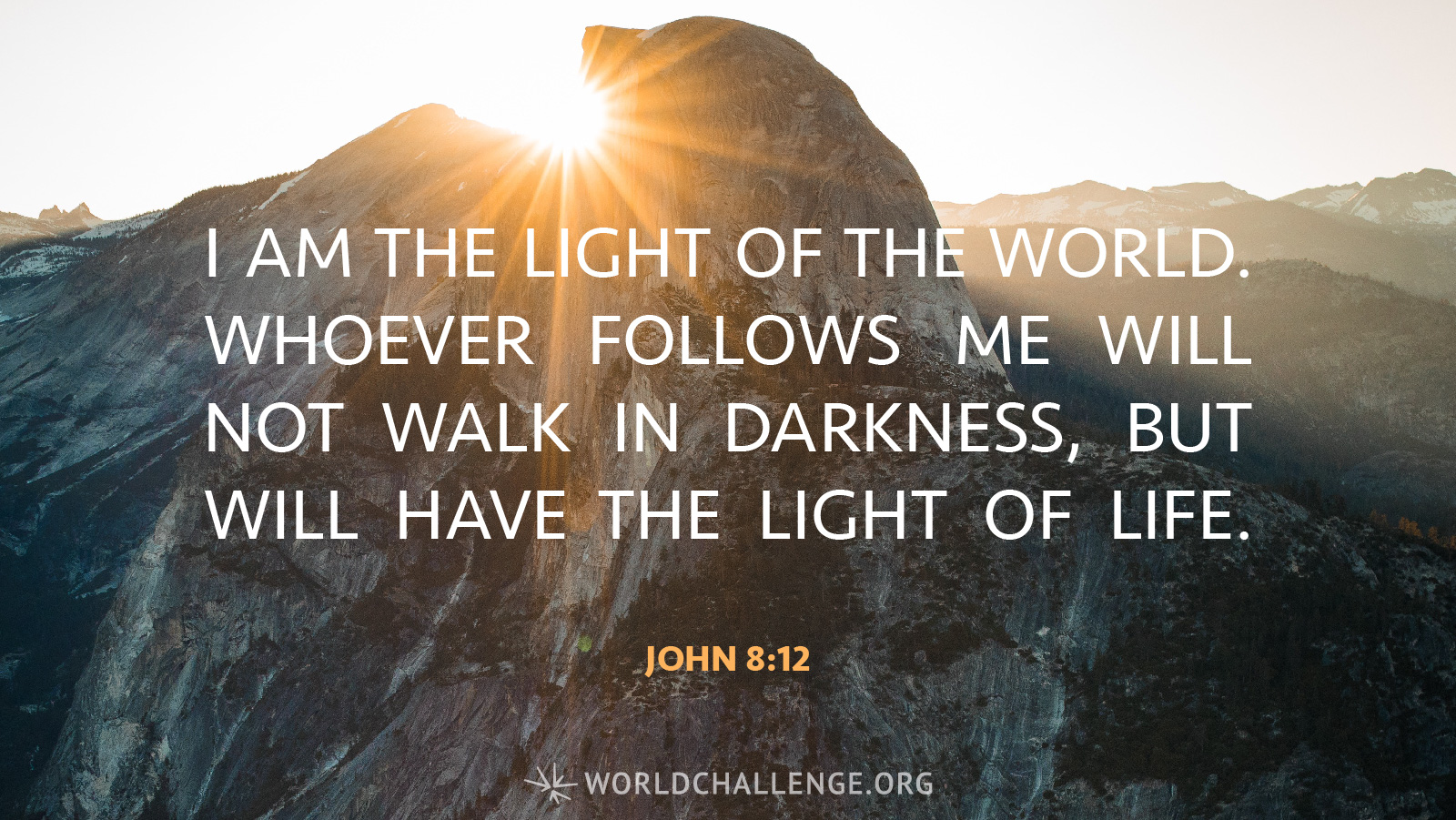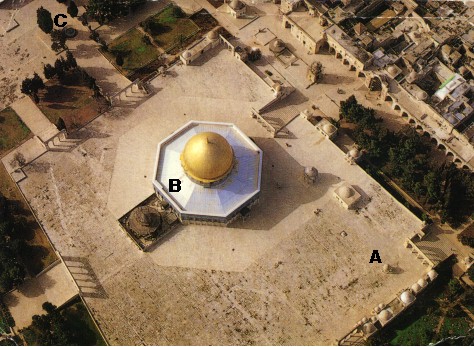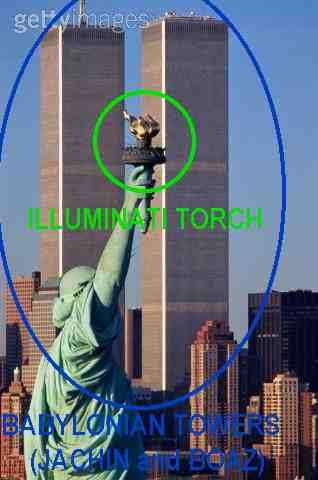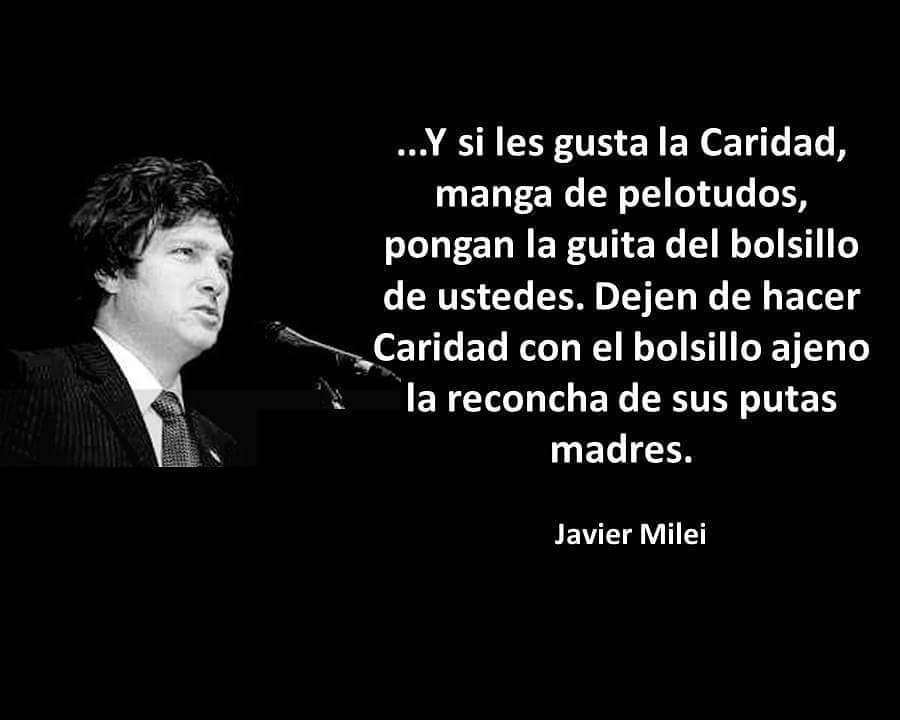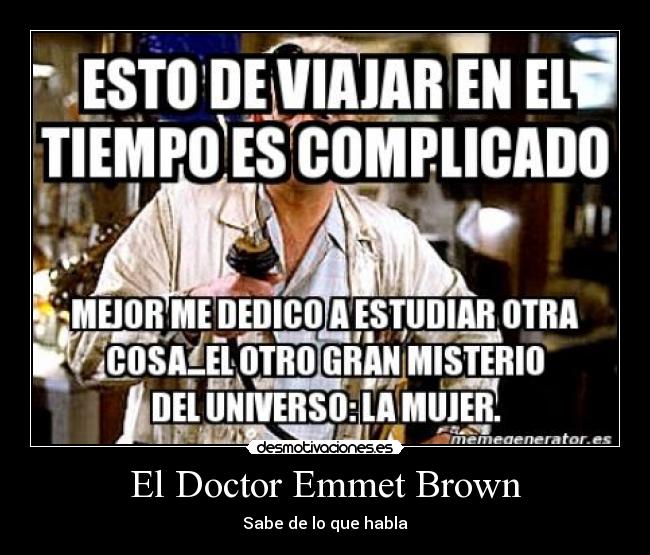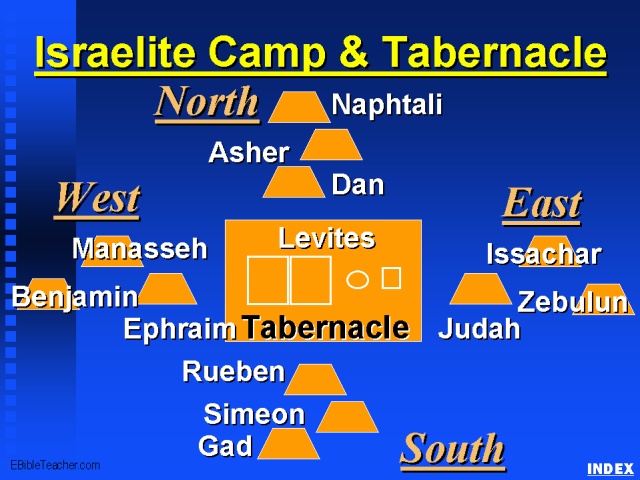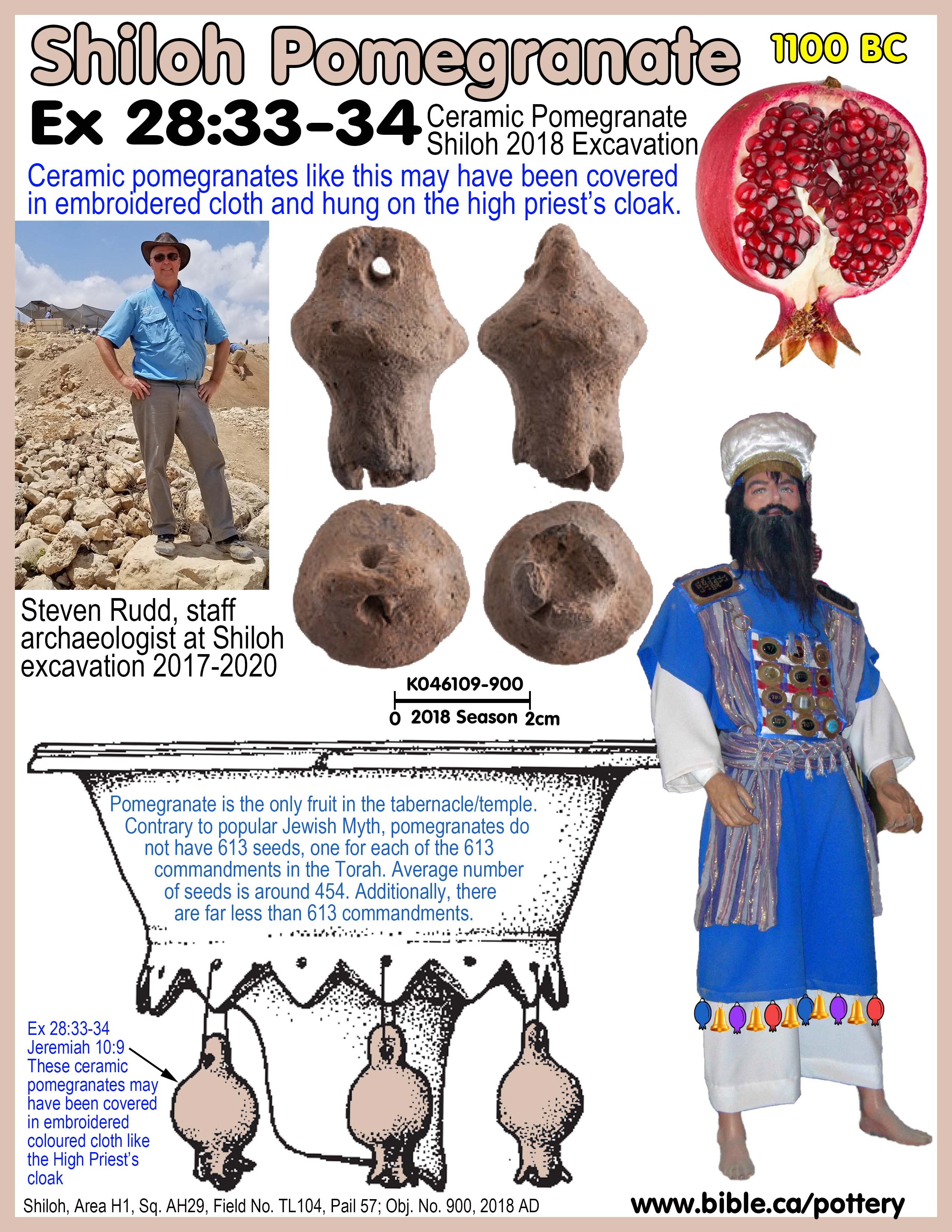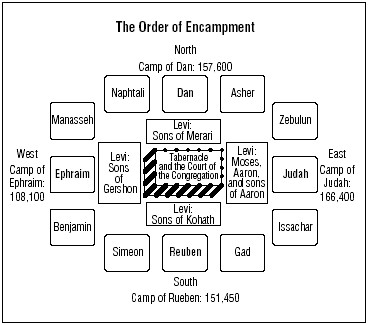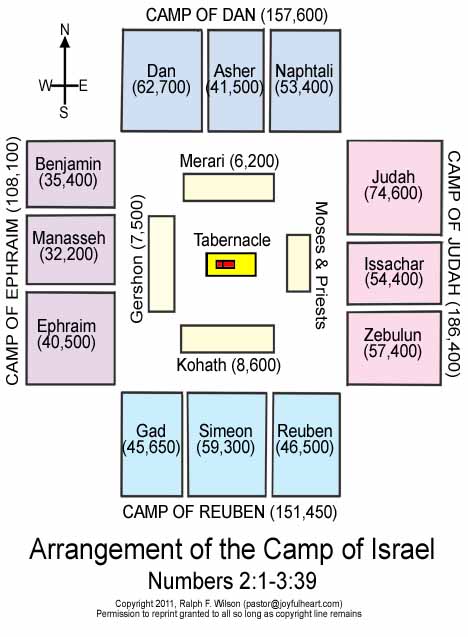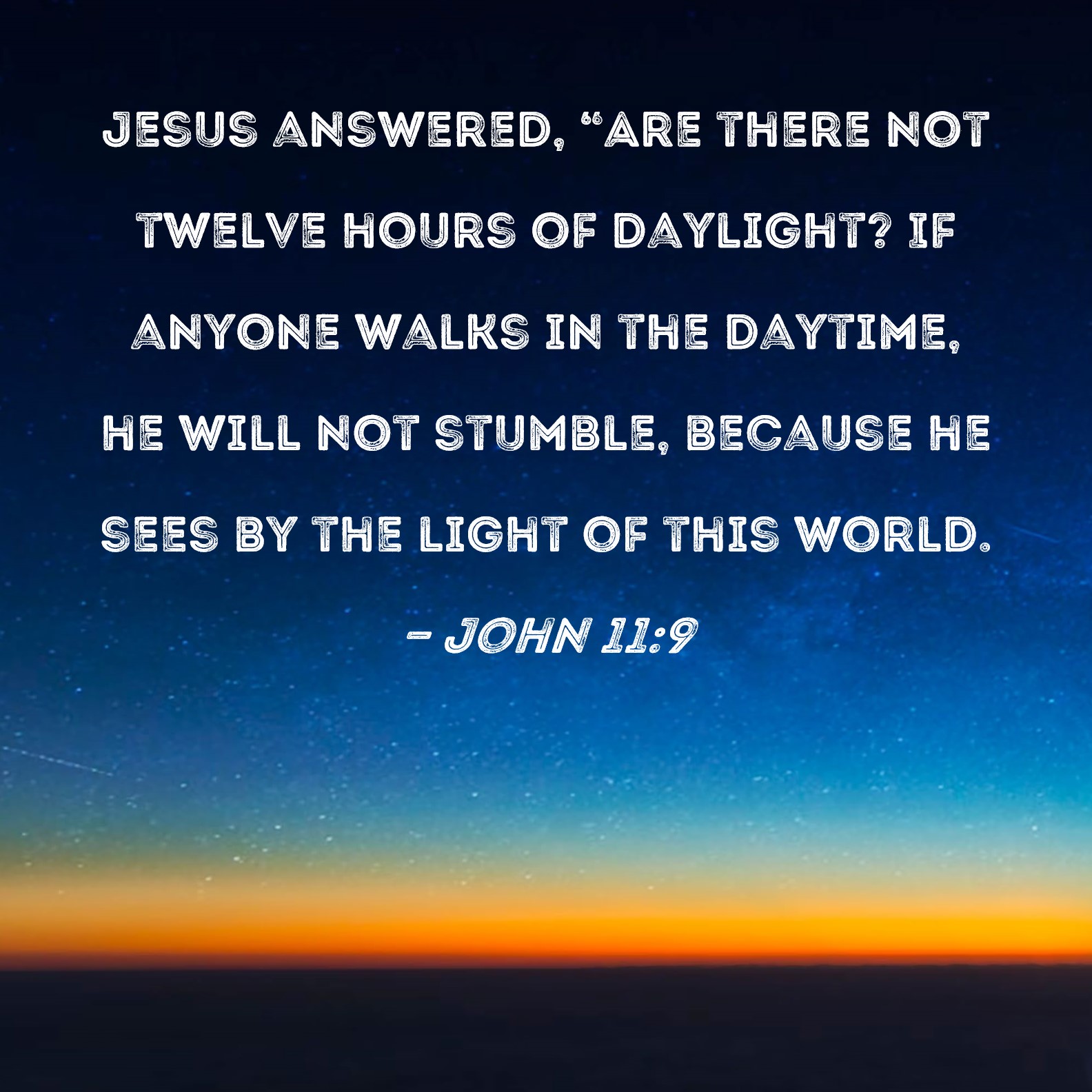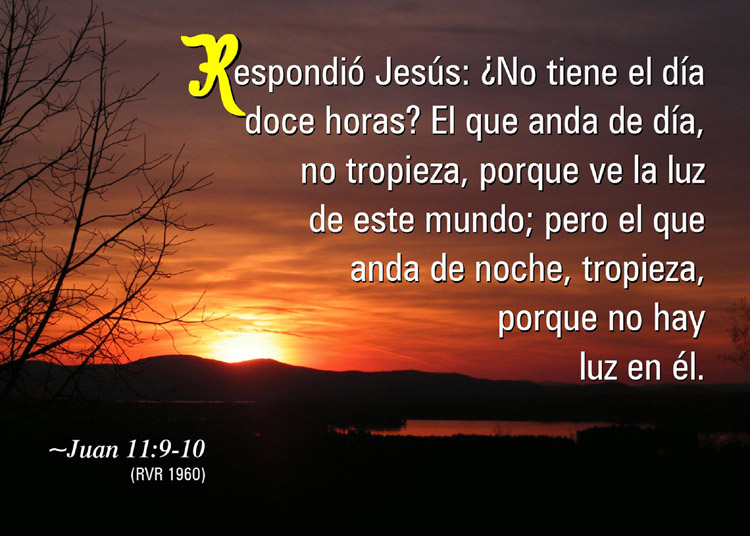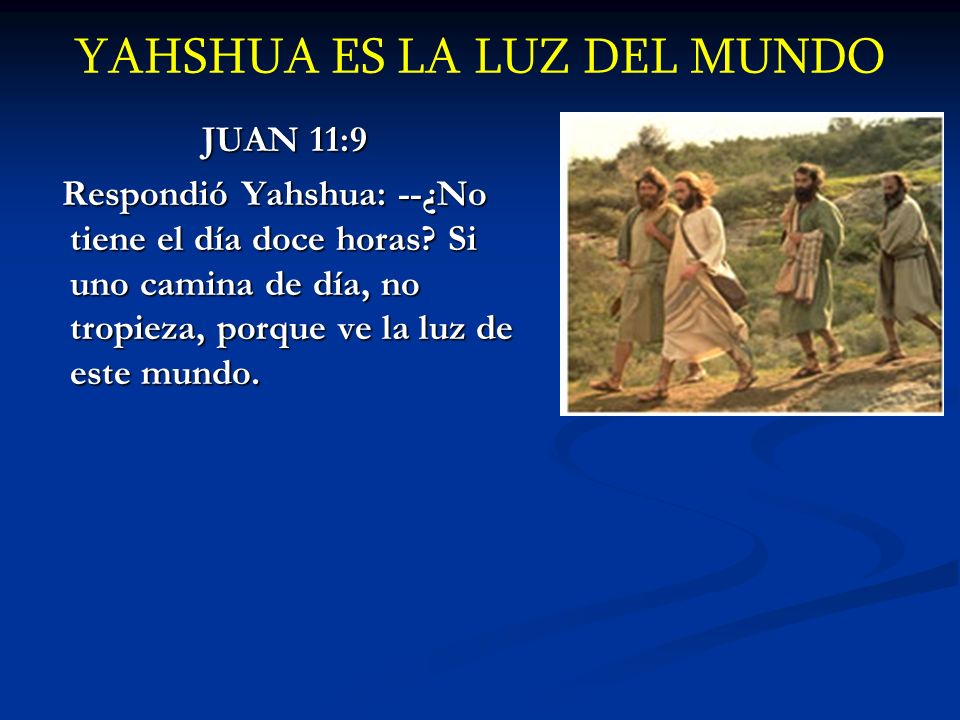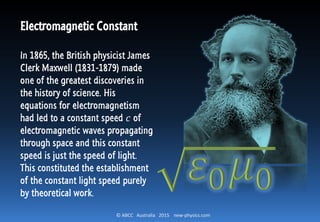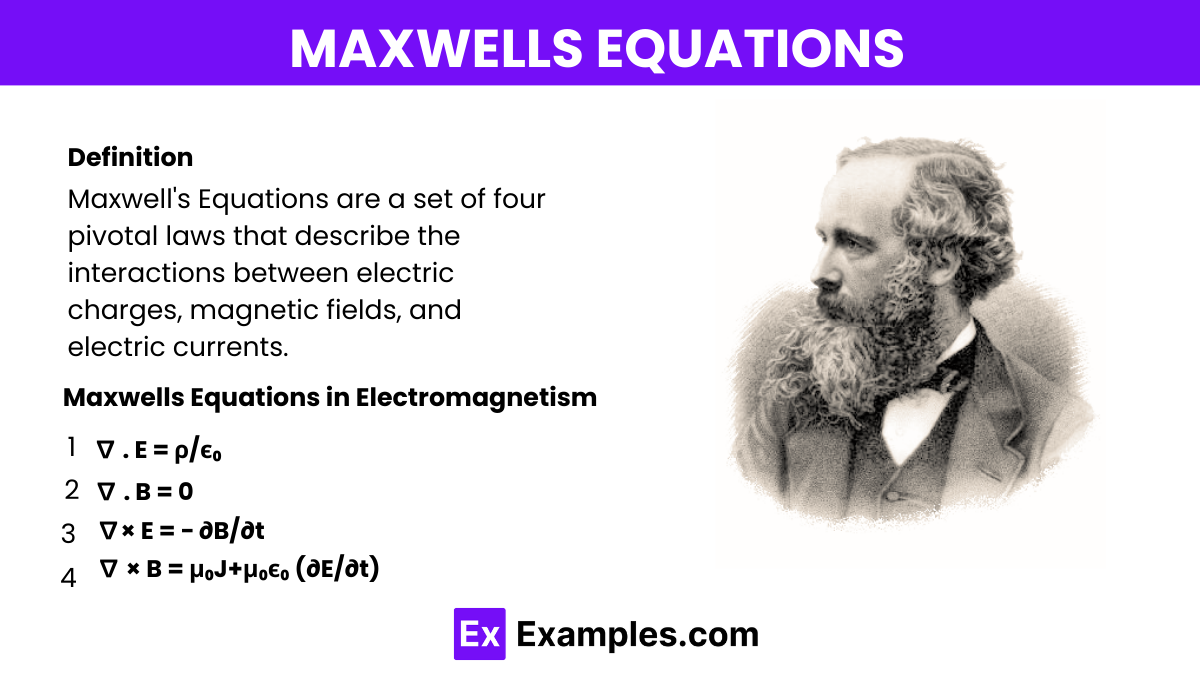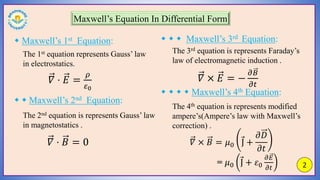|
|
General: GIZE=SPEED OF LIGHT=JOHN 8:12=22/7 (SIMCHAT TORAH)=LEVITICUS 23:33
Elegir otro panel de mensajes |
|
|
22 de TISHRI=22/7=3.14
22/7=DIA DE MARIA MAGDALENA
EN EL OCTAVO DIA DE LA FIESTA DE LOS TABERNACULOS, OSEA EL 22 DE TISHRI O 22/7 (LEVITICO 23:33)
|
|
|
|
|
Did you know there are eight Statue of Liberty replicas in Paris?

Here’s the inside guide for how to find all the Statue of Liberty replicas in Paris. Note: One of the liberties is on loan to the US, so technically there are only seven.
First: a lightning quick guide for those who don’t know: The Statue of Liberty was designed by French sculptor Frédéric Auguste Bartholdi and constructed by Gustave Eiffel (yes, the man who made the Eiffel Tower). Liberty was gifted the to US by the French in the late 1880s.
So, here’s where to find the Liberty statues in Paris (and beyond).
The podcast episode
Here’s a quick explainer of it all in podcast form, plus some info about our grand plans to find them all Live on YouTube for July 4th, 2024.
The interactive map
Now, here’s an interactive map of all the Liberty statues to help you find them.
1. The biggest
The grandest replica of all is just off the Grenelle Bridge on the little man-made island called Île aux Cygnes. That’s it pictured above (and below). While Liberty in New York was a gift from the French, this statue in Paris was a gift from the Americans in Paris. And it’s the biggest too, at 11.50 metres (37 feet 9 inches) – which is exactly a quarter as big as the one in New York.

2. The hardest to find
There’s a Liberty nestled in the Jardin de Luxembourg in the sixth arrondissement. You can find it on the western edge of the park. Here’s what it looks like today. It’s just one of many, many statues in the park, so you’re forgiven if you can’t find her straight away.

3. The most prestigious
Head inside the famed Musee d’Orsay on the Left Bank to find this Liberty, which is located in the grand central aisle on the ground floor.
In fact, if you want an in-depth history of Lady Liberty and France, head over to the Musee d’Orsay’s site for much more information.

Subscribe to the Earful Tower newsletter
Want more from Paris? Sign up for the free Earful Tower newsletter, which we send out every Friday through Substack.
4 and 5. The closest two Lady Libs
If you want a two-for-one deal, head to the Arts-et-Metiers museum in the third arrondissement. There’s a Liberty replica right out the front of the building (well, not anymore… it’s on loan to the US). And if you head inside the museum, there’s another perched atop a display in the centre of the main hall.
 
6. The smallest
You’ll have to look very closely for this one. First you’ve got to find the 5m tall statue called Le Centaure at 2 Place Michel Debré in the 6th arrondissement. It was made by French artist César in 1985 and depicts a centaur. And emerging from the breastplate of this centaur you might be able to see a tiny liberty poking out! Full statue followed by a closeup:
 
7. The private Liberty
A listener alerted me to this one and it’s inside a private building. But, if you ever happen to have business at 5 rue du Cirque in the 8th you’ll see a sizeable Liberty in the lobby. Here’s a closer look.

8. The floatiest
There’s an EIGHTH Liberty on top of a péniche by the Eiffel Tower. Who’d have thought? Here’s a pic via my Instagram account (go follow for much more from Paris).
https://theearfultower.com/2024/07/01/did-you-know-there-are-five-statue-of-liberty-replicas-in-paris/ |
|
|
|
|
Actually, this is the Templar cross:
And this is the Swiss flag:
|
|
|
|
|
According to Pythagoras an entity is called a number when the product of itself is greater than the sum of itself. One is not a number, according to the above definition, it is god, generator of numbers. Two is also not a number, because both the product and the sum are equal to each other, that is, it is a coexisting god, a second generator of numbers. The numbers start with three because 3 X 3 = 9 an

The Tetraktys is the Essence of Teaching and the Sacred Symbol of the Pythagoreans. It consists of the first ten numbers (1-10) arranged in four rows (one in the first row, two in the second, three in the third and four in the fourth row) as shown in the picture. Tetraktyn was called “Tetradas”[1] which in Pythagorean Philosophy is the essence and meaning of the number four. Tetraktys is the fourth “triangular number”[2] thus showing another view of the relationship of Tetrad and Tetraktyos. In any case, we should not forget the relation of Tetraktys with “Ten”. From this the Tetraktys is mentioned according to Iamblichus with the prepositional names: Cosmos (decoration, ornament), Pan (the god Panas – Pan = All), Uranus, Atlas, Key, Aion, Memory, Gnomon, Eimarmene, Kratos, Phanis, Helios, Pythmen et al. By studying the concepts of numbers found in the Tetractyn and their relationships, the Pythagoreans argue that one reaches the attainment of wisdom.
The main relationship of Tetrad and Tetraktyos can also be seen from the famous relationship of the first four numbers with the ten they produce when added (1+2+3+4=10). From these first four numbers (1, 2, 3 & 4), it is possible to construct the ratios: “by four” (4:3, fourth), “by five” (3:2, fifth), “by all ” (2:1, Octave), which attribute to music the mentioned harmonic musical intervals which Pythagoras was the first to precisely determine with numerical reasons. These proportions create Harmony, which for the Pythagoreans has a literally cosmic meaning (hence its name “Cosmos”). The Pythagoreans used the Tetraktyn to swear, even invoking Pythagoras as a god, as can be seen from the “Golden Epics” where it is stated:
“Yes, with the immortal soul, delivered four times
always of a permanent nature.”
(yes, but the one who delivered to our soul the tetractyn,
which is the source of eternal nature.)
Numbers are related to geometric shapes. Thus the unit is related to the point, the dyad to the line, the triad to the triangle, and the tetrad or tetraktys to the tetrahedron (or triangular pyramid), the first geometric solid. Its symbol was considered the square which was also the symbol of the divine and perfection.[5]. Also wisdom was considered to be acquired from the four esoteric sciences for the Pythagoreans of arithmetic, music, geometry and astronomy. It is a symbol of God Apollo and the Pythagoreans connect the Tetraktyn with the Oracle of Delphi, as seen in the important “hearing” about existence mentioned by Iamblichus[6]: “what is the Oracle in Delphi? Tetraktys” (what is the Oracle of Delphi? Tetraktys).
There is another Tetraktys, as mentioned in Plato’s Timaeus, which is called a double Tetraktys and consists of eight lines created by the first eight numbers (1, 2, 3, 4, 5, 6, 7, which in total give a total of 36 (1+2+3+4+5+6+7+8=36). From another point of view this Quadrilateral is created, and thus connected to the regular Quadrilateral Quadrilateral, by the sum of the first four odd numbers and of the first four integers: (1+3+5+7)+(2+4+6+8)=36 as mentioned by Plutarch in “On Isis and Osiris”.

GOLDEN RATIO Φ ON THE PYTHAGORIAN SYMBOL
PARTHENON WAS BUILT on the PRNICIPLES of PYTHAGORAS
 
The FIRST FLYING MASCHINE was BUILT by the GREEK PYTHAGOEIAN PHILOSOPHER ARCHYTAS in TARANTO(CORINTHIAN COLONY) SOUTHERN ITALY.
For the Pythagoreans, a politician was the person who, after having been taught philosophy, returned to the world to be useful to others.
He is not interested in positions and powers but in the improvement of society.
The one who chose to become a politician could not pass to the stage of a mathematician, that is, one who can deliver lessons and teach.
Those who could had the advantage of living near Pythagoras.
Friendship and companionship were of the highest importance for the Pythagoreans and they considered that universal love was reflected in these two elements.
They were bound by an oath of secrecy over the higher teaching, the ceremonies and the sacred symbols.
Pythagoras offered mankind a universal “successful experiment” for this and later Plato would call education with music and gymnastics!!!!

ONE OF THE BASIC PYTHAGORIAN GROUNDS FOR: ARCHITECTURE, GEOMETRY, MUSIC, STEREOMETRY, ASTRONOMY, HARMONY AND PHILOSOPPHY

WHAT DID PYTHAGORAS SAYABOUT WOMAN=ΓΥΝΗ/GYNE
https://euphoriatric.com/pythagoras-the-nine-muses/ |
|
|
|
|
Dimensions of the Cheops-pyramid (Khufu's pyramid)
Numbers and figures of the Cheops (Khufu) pyramid:
The pyramid of Khufu - Output / performance - Building material - Dimensions of the pyramid - Dimensions in Royal Cubits - Sources
 Cheops-pyramid (pyramid of Khufu) Cheops-pyramid (pyramid of Khufu)
Of the the famous Seven Wonders of the Ancient World the Great Pyramid of Khufu (Cheops) at Giza is the only one still standing. Even for modern men it is amazing how this man-made structure lasted so long.
The Giza pyramids must have made an incredible visual impact - at the edge of the desert three abstract geometrical symbols were rising, huge luminous white triangles reflecting the blinding light of the sun!
The pyramids on the Giza plateau are with 146.59m (Khufu / Cheops) and 143.87m (Khafre / Chefren) respectively the largest, however there are over 30 major pyramids and a myriad of smaller pyramids in Egypt.
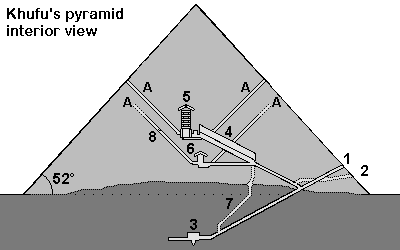
Cheops-Pyramid
1. Entrance 2. Entrance cut by grave robbers 3. Subterranean chamber 4. Grand Gallery 5. King's chamber, relieving chambers, granite portcullis slabs 6. Queen's chamber 7. Shaft 8. Limestone plugging the air shaft A= "Air shafts"
 Output / performance Output / performance
 Detailed calculations how many workers were necessary to build the pyramid Detailed calculations how many workers were necessary to build the pyramid
 Overview pyramid building Overview pyramid building
Builder
------------------- |
|
Khufu (Chuefui-Chnum or Khnum-Khuf, Cheops in Greek) during the 4th dynasty of the old kingdom |
| Time to build |
|
Probably max. 23 years (Khufu reigned from 2551 to 2528 before Christ *). Herodotus writes about 10 years of preparation and 20 years of building (details of the text) |
| Per day |
|
With 2'500'000 stones 342 stones have to be moved daily (working during 365 days a year) or 431 stones daily (working during 290 days a year). |
|
Per minute
|
|
10-hour day: every 2 minutes a stone (34 to 43 per hour)
8-hour day: nearly a stone every minute (42 to 53 stones per hour)
|
| Rule of thumb |
|
| While construction the pyramid the rate of delivery was 1 stone weighting 2.5 tons every minute. |
For our calculations we assume 500 stones a day. This is a rough estimate, assuming a 8-hour day, during 290 days a year, with 20 years to build the pyramid. Also assuming, that more time had to be used for the huge granite blocks for the King's chamber and for the more difficult upper part of the pyramid, where work went slower than in the lower parts. There probably were also other factors delaying the building of the pyramid such as the weather or a temporary shortage of certain building materials.
|
 Building materials for the Cheops-pyramid Building materials for the Cheops-pyramid
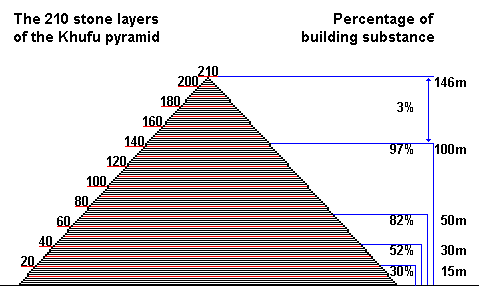
The Khufu-pyramid (Cheops) probably originally had 210 stone layers. At 50m height already 82% of the entire pyramid was built [3].
 Quarrying stones for the pyramid Quarrying stones for the pyramid
 Shipping the stone blocks down the Nile to Giza Shipping the stone blocks down the Nile to Giza
 Transporting the stone blocks using a sledge on tracks Transporting the stone blocks using a sledge on tracks
 Löhner's rope roll Löhner's rope roll
Stone blocks
------------------- |
|
2'300'000 stones |
| Casing blocks |
|
115'000 to 200'000 stones or 67'390m³ [1] |
| Total blocks |
|
2'500'000 stones |
| Stone layers |
|
Originally probably 210 stone layers, now only 201 layers [2] |
| Stone size |
|
The stone blocks usually are larger in the lower layers (1.5m = 3 cubit) and smaller in the upper layers. Most are between 1.5 and 2 cubit large (average of 127 x 127 x 71cm). 1 cubit = 0.524m - Details |
| Weight of the stone blocks |
|
With an average density of 2,6 - 2,9 t/m³ the large limestone blocks weighted 6.5 - 10 tons and the smaller ones about 1.3 tons. For all calculations on this website an average weight of 2.5 tons was used. |
| Special blocks |
|
For the King's chamber granite blocks weighting 40 to 50 tons were used |
| Total weight |
|
6'500'000 tons (average weight of a block was about 2.5 tons) |
| Pyramidion |
|
The final stone on the top was a large block in the shape of a pyramid. It was perhaps around 1.5m by 1.5m wide and 1.3m high (about 3 cubits). It was made from white Tura limestone (Turah), granite or perhaps diorite and perhaps gold plated. More information |
| Building materials |
|
Pyramid: Nummulite limestone from quarries about 200-400m south of the pyramid were used for the core stones.
Casing: light white limestone, so called Tura-limestone from quarries from the eastern shores of the Nile
King's chamber: Rose granite from Aswan 900km away
Further materials: Graywacke from the Wadi Hammamat (Eastern desert), basalt from the northern Faiyum
 Map of quarries in Egypt Map of quarries in Egypt
|
 Dimensions of the pyramid of Khufu Dimensions of the pyramid of Khufu
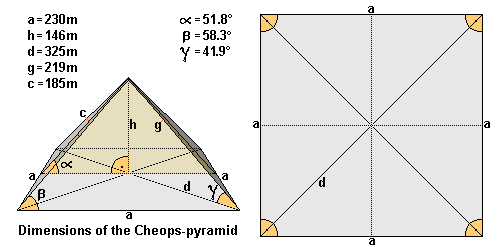
Length (a)
------------------- |
|
The average length of the edge is ~ 230.360m (230,12m = 440 cubits). Northern edge 230.328m - eastern edge 230.369m - southern edge 230.372m - western edge 230.372m. Largest difference is only 4.4cm. [3] |
| Height (h) |
|
Originally 146.59m high (= 280 cubits), the pyramid is now only 138.75m high [7] |
| Diagonal (d) |
|
325.77m |
| Ridge (g) |
|
219m |
| Height of the lateral surface |
|
186.42m |
| Pyramid angle α |
|
51° 50' 40' = inclination of the lateral surface (= 52° rounded off) [3] which corresponds to a seked of 5½ palms |
| Pyramid angle β |
|
58.3° = the two angles of the triangular lateral surface (62° = angle of the apex or tip of the pyramid) - nearly forming an equilateral triangle! |
| Pyramid angle γ |
|
41.9° = angle of the ridge |
| Corner angle |
|
Right angle base with angles from 89° 59' to 90° |
| Base area |
|
53'065.73m² |
| Superficies surface |
|
85'890.69m² |
| Pyramid volume |
|
2'592'968.43m³ including the rock core. This would be a cube with a length of 137.38m. Probable volume of stones used: 2'583'283m³ [1] or 2'326'501m³ [2]. |
| Alignment |
|
Exactly to the north (deviation only 2' 28') |
| Latitude and longitude |
|
N 29° 58’ 44.3830” latitude and E 31° 07’ 57.0194” longitude [5] |
| Altitude |
|
The base of the pyramid of Khufu lies about 60m above sea level, so the tip of the pyramid used to be on 206m above sea level [6]. |
 Alignment of the pyramids and controlling the shape of the pyramid (north-south alignment etc.) Alignment of the pyramids and controlling the shape of the pyramid (north-south alignment etc.)
 Dimensions of the pyramid of Khufu in Egyptian Royal Cubits Dimensions of the pyramid of Khufu in Egyptian Royal Cubits
 |
Length (a) |
|
440 Royal Cubits |
| Height (h) |
|
280 Royal Cubits |
| Height of the lateral surface (c) |
|
356 Royal Cubits (356.09) |
| Diagonal (d) |
|
622.25 Royal Cubits |
| Ridge (g) |
|
418.56 Royal Cubits |
| Pyramid angle α |
|
51.843° |
| Pyramid angle β |
|
58.3° |
| Pyramid angle γ |
|
41.9° |
| Corner angle |
|
90° |
It is suggested, that the Egyptians used a right angled triangle to determinate the angle of inclination of the pyramid, using the numbers a=11 and b=14 with c=17.8 (or a=22 - b=28 - c= 35.6). This determines a so called seked of 5½ palms.
 Alignment of the pyramids and controlling the shape of the pyramid (seked) Alignment of the pyramids and controlling the shape of the pyramid (seked)
 Sources Sources
[1] M. Lehner The Complete Pyramids of Egypt
[2] G. Goyon Die Cheops-Pyramide
[3] R. Stadelmann Die grossen Pyramiden von Giza
[4] F. Abitz Der Bau der grossen Pyramide mit einem Schrägaufzug
[5] GPS-coordinates of a brass disk on top of the pyramid of Khufu, Giza Plateau Mapping Project (GPMP)
[6] Maps of the Giza Plateau Mapping Project show the altitude as 60m
[7] D. Arnold Building in Egypt
* Dates according to conventional Egyptian chronology are used in this website. These are based on several list of the dynasties of pharaohs, for example the Aegyptiaca of Manetho of Sebennytos.
https://www.cheops-pyramide.ch/khufu-pyramid/khufu-numbers.html |
|
|
 Primer Primer
 Anterior
70 a 84 de 84
Siguiente Anterior
70 a 84 de 84
Siguiente
 Último
Último

|
|
| |
|
|
©2025 - Gabitos - Todos los derechos reservados | |
|
|













